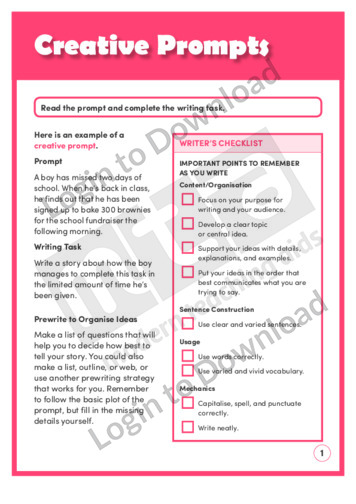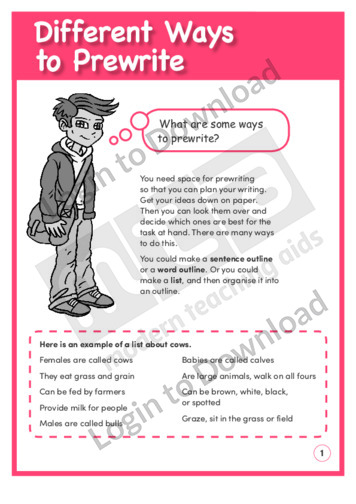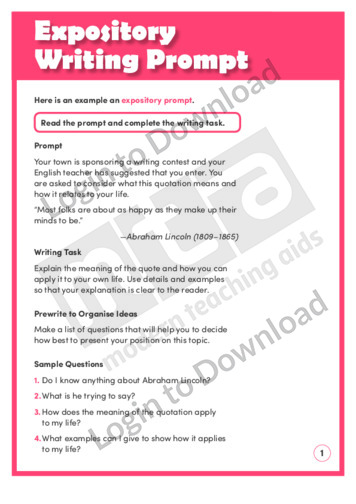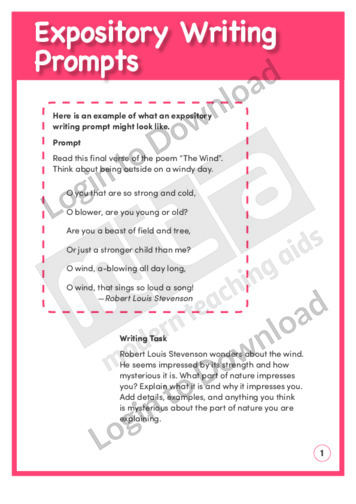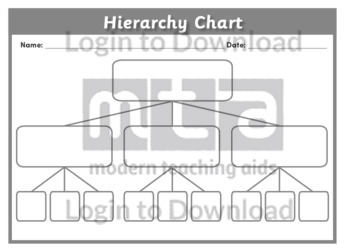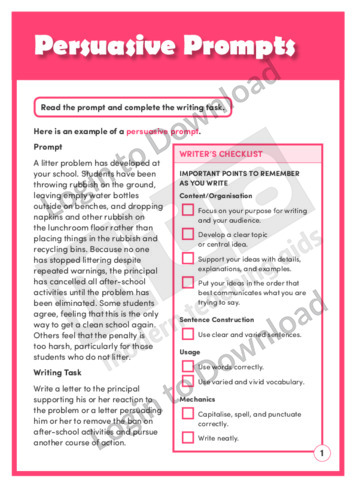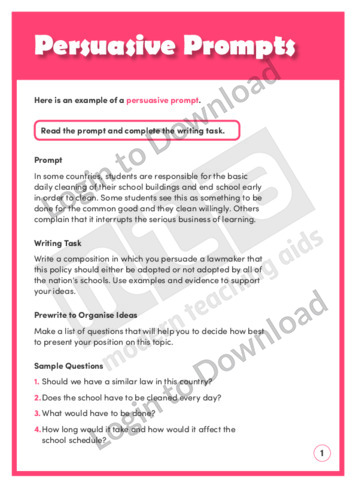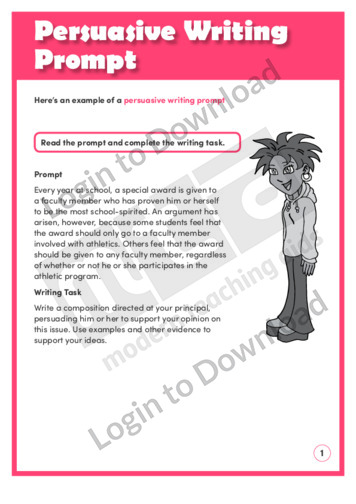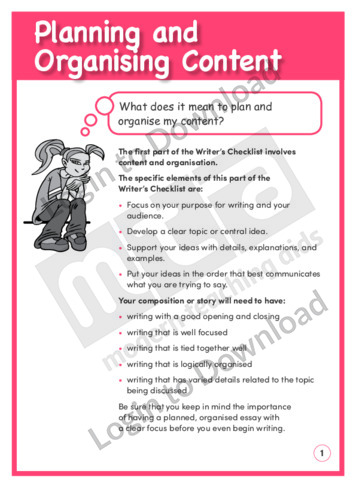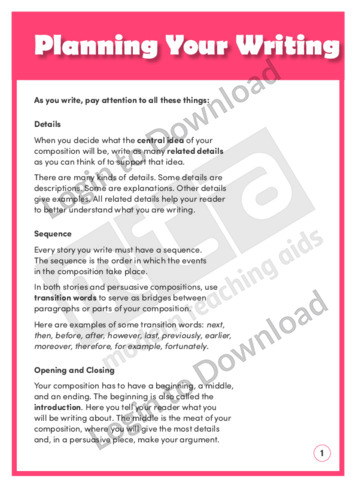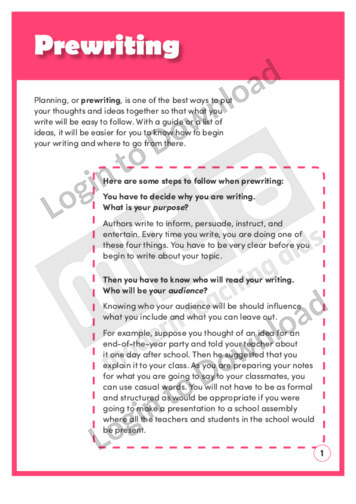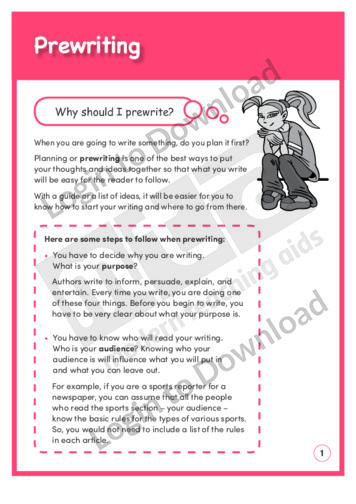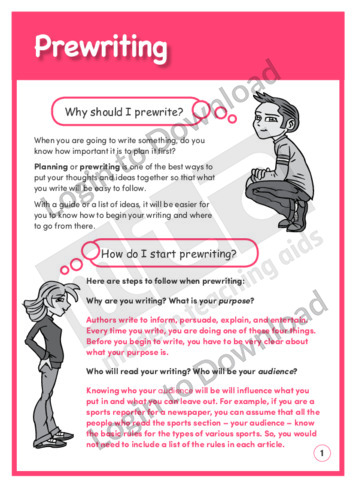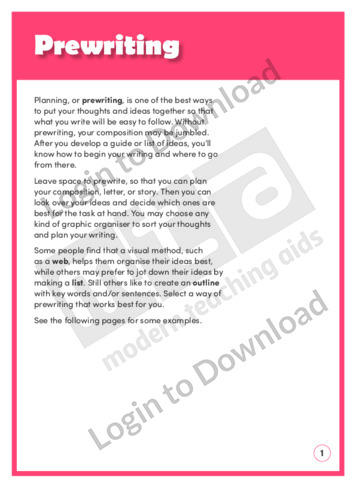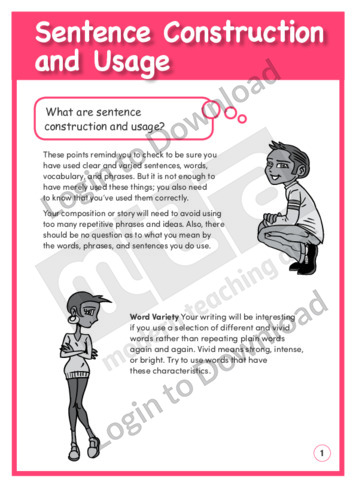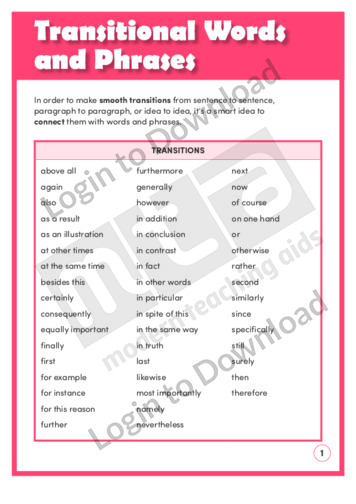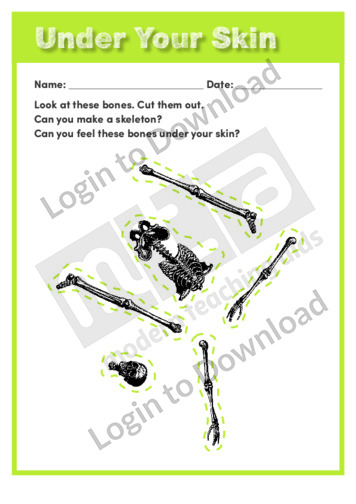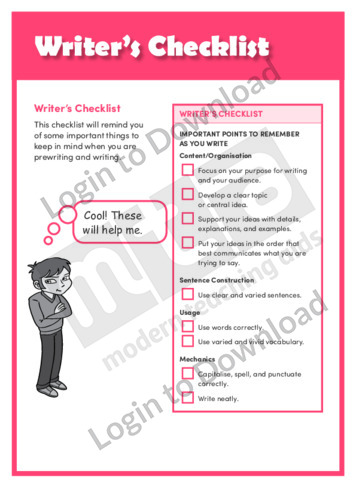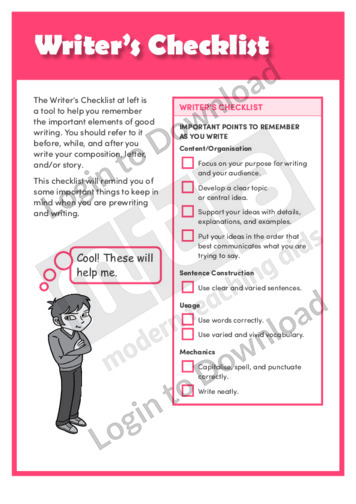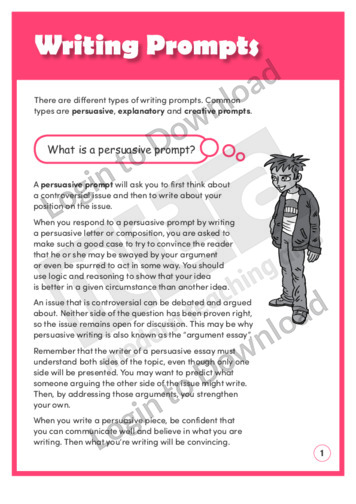This writing text exemplar ‘Creative Prompts’ gives students an example of how to approach such a prompt. It is aimed at encouraging students to plan their writing and ask themselves questions about the ‘who’, ‘what’, ‘when’, ‘ where’, ‘why’ and ‘how’ of the story, then determine which ideas would be best to include in their …More
This writing text exemplar ‘Creative Prompts’ gives students an example of how to approach such a prompt. It is aimed at encouraging students to plan their writing and ask themselves questions about the ‘who’, ‘what’, ‘when’, ‘ where’, ‘why’ and ‘how’ of the story, then determine which ideas would be best to include in their …More
This writing text exemplar ‘Creative Writing Prompt’ gives students an example of how to approach such a prompt. It is aimed at encouraging students to plan their writing and ask themselves questions about the ‘who’, ‘what’, ‘when’, ‘ where’, ‘why’ and ‘how’ of the story, then determine which ideas would be best to include in …More
This writing text exemplar ‘Creative Writing Prompts’ gives students an example of how to approach such a prompt. It is aimed at encouraging students to plan their writing and ask themselves questions about the story’s characters, setting, beginning, middle and end in order to write the best possible composition. It includes an example of a …More
This quick reference chart ‘Drafting’ gives students a list of what to look for when they write their first draft. It is aimed at encouraging students to plan the content and organisation of their composition before they start writing, by paying attention to the details, sequence, and the introduction and conclusion of their texts.
This writing text exemplar ‘Explanatory Prompts’ gives students an example of how to approach such a prompt. It is aimed at encouraging students to plan their writing and ask themselves questions to best explain their ideas to the reader using details and examples.
This writing text exemplar ‘Expository Prompts’ gives students an example of how to approach such a prompt. It is aimed at encouraging students to plan their writing and ask themselves questions to best explain their ideas to the reader using details and examples.
This writing text exemplar ‘Expository Writing Prompt’ gives students an example of how to approach such a prompt. It is aimed at encouraging students to plan their writing and ask themselves questions to best explain their ideas to the reader using details and examples.
This quick reference chart ‘Expository Writing Prompts’ shows students how to best approach such a prompt. It is aimed at encouraging students to plan their writing and ask themselves questions to best explain their ideas to the reader using details and examples.
This quick reference chart ‘First Draft’ shows students how to plan and structure their writing, and to make sure it is interesting. It is aimed at encouraging students to pay attention to the details, sequence, opening and closing of their compositions, to use word variety to make their writing interesting and to best express opinions …More
This graphic organiser, ‘Hierarchy Chart’ is an upside-down tree diagram used to organise the flow of ideas into a top down format. For example, students can use this graphical scaffold to break down a broad concept into greater detail. The hierarchy chart is a great resource for post-reading comprehension activities or as a pre-writing prompt …More
This graphic organiser, ‘Hierarchy Chart’ is an upside-down tree diagram used to organise the flow of ideas into a top down format. For example, students can use this graphical scaffold to break down a broad concept into greater detail. The hierarchy chart is a great resource for post-reading comprehension activities or as a pre-writing prompt …More
This writing text exemplar ‘Persuasive Prompts’ gives students an example of how to approach such a prompt. It is aimed at encouraging students to plan their writing by choosing their position on the topic, then asking themselves questions to best explain their ideas to the reader using details and examples to support their position.
This writing text exemplar ‘Persuasive Prompts’ gives students an example of how to approach such a prompt. It is aimed at encouraging students to plan their writing by choosing their position on a topic, then asking themselves questions to best explain their ideas to the reader using details and examples to support their position.
This writing text exemplar ‘Persuasive Writing Prompt’ gives students an example of how to approach such a prompt. It is aimed at encouraging students to plan their writing by choosing their position on the topic, then asking themselves questions to best explain their ideas to the reader using details and examples to support their position.
This quick reference chart ‘Planning and Organising Content’ shows students the things to check to make sure they write well. It is aimed at encouraging students to plan the content and organisation of their composition before they start writing, and to pay attention to the details, sequence, opening and closing of their texts.
This quick reference chart ‘Planning Your Writing’ shows students the things to check to make sure they write well. It is aimed at encouraging students to plan the content and organisation of their composition before they start writing, by paying attention to the details, sequence, opening and closing of their texts.
This quick reference chart ‘Prewriting’ shows students how to plan and organise their ideas before they write. It introduces students to the principles of prewriting including planning for the purpose, audience, organisation and style of their text before starting to write. It includes examples of using a list, outline and web as ways to organise …More
This quick reference chart ‘Prewriting’ helps students to plan and organise their ideas before they write. It introduces students to the principles of prewriting and the steps to follow, including planning for the purpose, audience, organisation and style of their text before starting to write. It also provides a checklist for good writing that includes …More
This quick reference chart ‘Prewriting’ helps students to plan and organise their ideas before they write. It introduces students to the principles of prewriting and the steps to follow, including planning for the purpose, audience, organisation and style of their text before starting to write. It introduces students using a list and outline as ways …More
This quick reference chart ‘Sentence Construction and Usage’ shows students how using a variety of words can improve their writing. It is aimed at encouraging students to avoid using repetitive words, sentences and phrases and to use word variety to make their writing interesting. It includes a practical example to illustrate this point.
This quick reference chart ‘Transitional Words and Phrases’ gives students a list of words to vary sentences and keep writing interesting. It is aimed at encouraging students to make smooth transitions between sentences, paragraphs or ideas and provides a list of examples to help them do so.
This quick reference chart ‘Transitional Words and Phrases’ gives students a list of words to vary sentences and keep writing interesting. It is aimed at encouraging students to make smooth transitions between sentences, paragraphs or ideas and provides a list of examples to help them do so.
This quick reference chart ‘Types of Writing Prompts’ guides students on how to respond to explanatory, persuasive and creative writing prompts. It is aimed at introducing students to the principles of responding to various prompts, such as topic, audience, purpose, structure and style.
This quick reference chart ‘Types of Writing Prompts’ guides students on how to respond to explanatory, persuasive and creative writing prompts. It is aimed at introducing students to the principles of responding to various prompts, such as topic, audience, purpose, structure and style.
This life science worksheet, ‘Under Your Skin’ asks students to cut out pictures of bones and assemble them to make a skeleton. It supports an understanding of the human body.
This quick reference chart ‘What to Consider When Prewriting’ guides students to consider purpose, audience, style and form before they start writing. It is aimed at encouraging students to plan the content and organisation of their composition before writing their composition.
This quick reference chart ‘Writer’s Checklist’ gives students a list of what to look for when they revise their writing. It is aimed at encouraging students to review the content, organisation, sentence construction, usage and mechanics in their writing to make their composition the best it can be.
This quick reference chart ‘Writer’s Checklist’ gives students a list of what to look for when they revise their writing. It is aimed at encouraging students to review the content, organisation, sentence construction, usage and mechanics in their writing to make their composition the best it can be.
This quick reference chart ‘Writer’s Checklist’ gives students a list of what to look for when they revise their writing. It is aimed at encouraging students to review the content, organisation, sentence construction, usage and mechanics in their writing to make their composition the best it can be.
This quick reference chart ‘Writing Prompts’ guides students on how to respond to explanatory, persuasive and creative writing prompts. It is aimed at introducing students to the principles of responding to various prompts, such as topic, audience, purpose and style.
It�s that easy!

